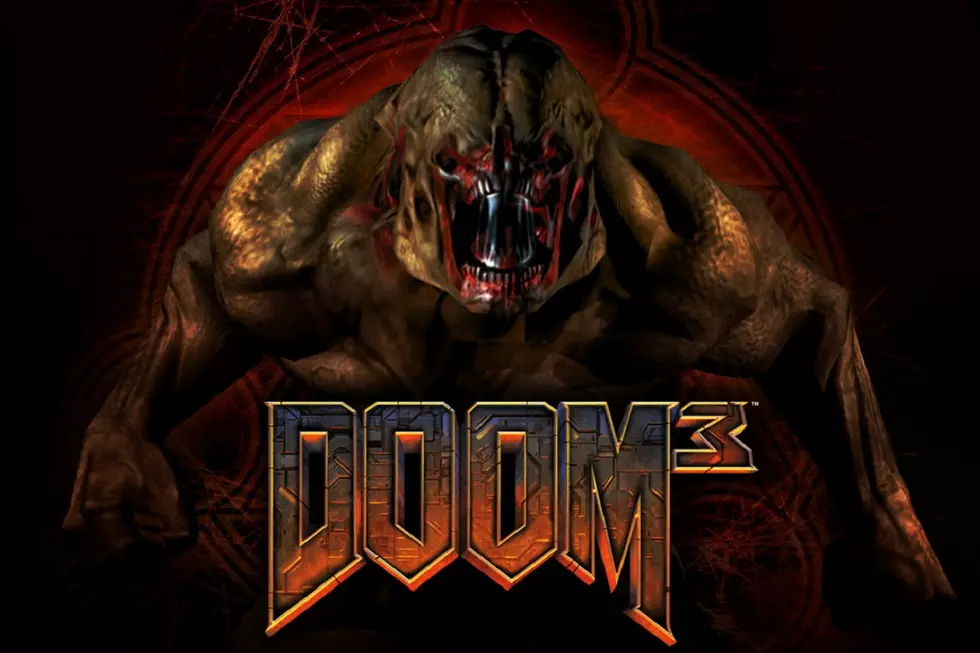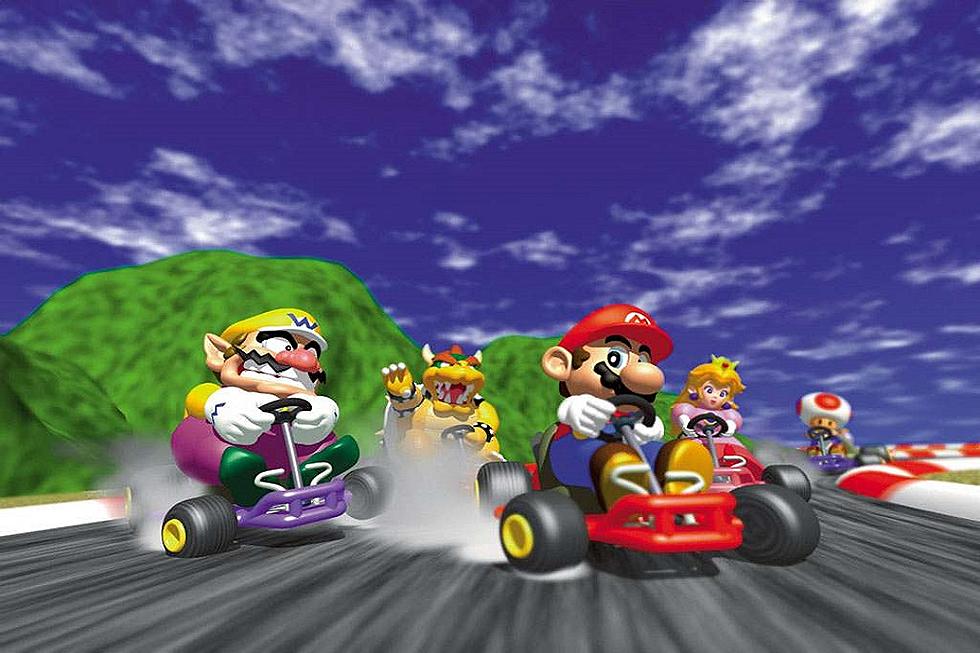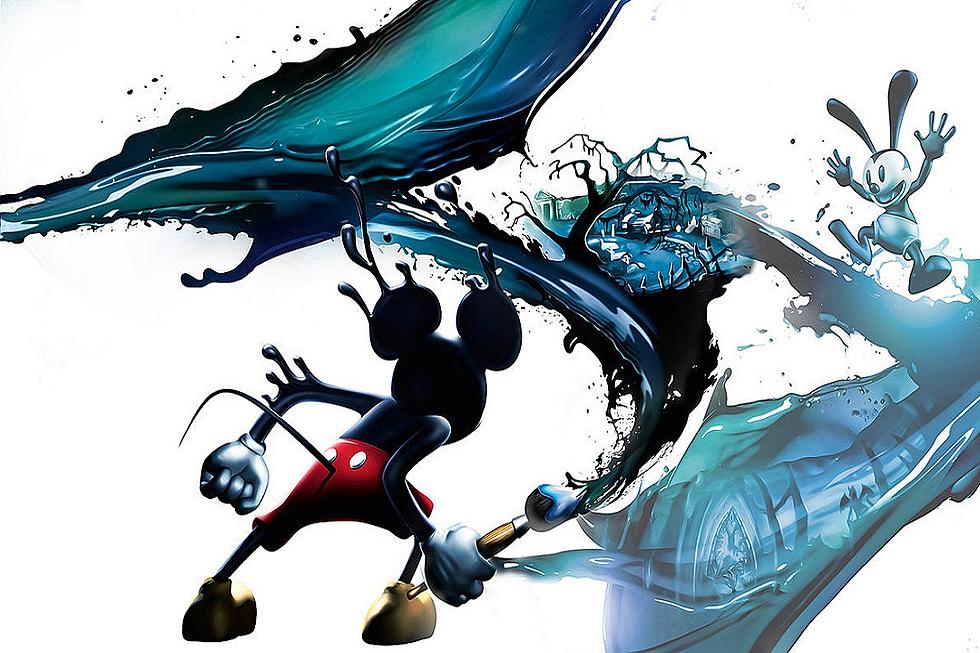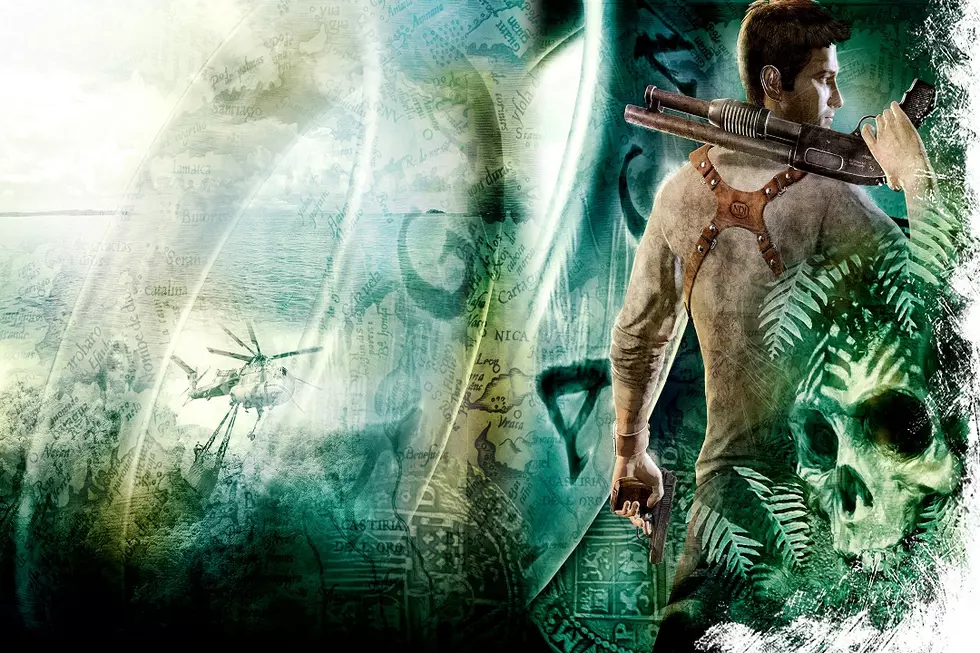
Doom 3 and the Darkest Depths of Hell
When it comes to playing around with the formula of a long-running and beloved franchise, it always draws some ire. Certainly there’s something to be learned and gained from pushing a product forward rather than retreading the same space over and over, but when a product threatens to change itself substantially, the pitchforks come out in force. It always brings up the debate of what’s more important: exploring new possibilities with a familiar name or staying true to what made that name popular in the first place. One of the more fiery battlegrounds of this debate came today in 2004 with the original release of Doom 3, certainly the most different and divisive game in the series.
Doom 3’s very conception was spawned out of controversy. The employees of id Software wanted to return to the Doom franchise for the first time since 1994’s Doom II: Hell on Earth. Adrian Carmack and Kevin Cloud, the owners of id Software at the time, were uninterested in continually returning to established franchises, but the employees believed it to be the right call based on the success of their most recent venture, Return to Castle Wolfenstein. This created a rift that ended in an ultimatum with the id employees demanded that either Cloud and Carmack allow them to make the game or fire them. Cloud and Carmack relented and the game went into production.
Two major points were stressed in the creation of Doom 3. The first was a new story-based focus that would expand on what was happening in the game more than previous Doom games. Doom 3 featured substantially more voice work and features that worked to tell a story in the game, such as constant radio chatter, environmental interactivity and scripted events throughout the game. The second focus was on graphics and lighting. John Carmack’s id Tech 4 engine had been upgraded to provide better performance than ever before in id’s history. It played heavily into portions of the game where the player fights through darkness and must use a flashlight to spot enemies and traverse levels. The drawback for many was that these two elements, story and graphical focus, made Doom 3 a much slower and deliberately paced game.
The game actually kicks off as a prequel to the events of the first Doom. Everybody’s favorite silent and nameless space marine arrives on Mars at a UAC outpost that is getting some scrutiny for its questionable work conditions and shady experiments. It doesn’t take long before someone rips open a portal to Hell and it all starts to come apart with the player at the center. Throughout the game you receive instruction via radio among the chaos of other marines and civilians fighting and mostly being torn apart by their hellish adversaries. In addition, you come across other survivors in a myriad of situations that build the overall fear of the scenario.
Gameplay largely runs linear in Doom 3. You move through the dark corridors of the UAC compound and Mars underground, fighting zombified UAC staff and all other hellions that come your way. Most of the usual tools return, including shotguns, chainsaws, regular and plasma automatic weapons and the BFG 9000. Alongside all of this comes a flashlight used to light the darkness and guide your path. Originally, players had to switch between flashlight and weapon, building a deeper sense of tension and fear in every setting, but this was retconned with a “duct tape” mod in future versions that allowed simultaneous use of combat and light. Multiplayer appeared in the game, but it was the least fleshed-out feature, offering a more standard fare of death match than anything.
Doom 3 still holds up as a bit of a battleground between fans of the franchise. Many enjoyed the atmospheric experience it provided while others say it cut away from the fast-paced run n’ gun action that made Doom good in the first place. Arguments and evidence can be made for both sides of the matter. The game sold well and prompted re-releases that continued to do well after the original came out. However, the 2016 remake of Doom is arguably a full-on return to original fast-paced form with only a little bit of the change that made Doom 3 different. Regardless, despite the differences between Doom 3 and the rest of the franchise, it certainly has its place in the hearts of an army of players that will go to war for it.
More From Arcade Sushi









